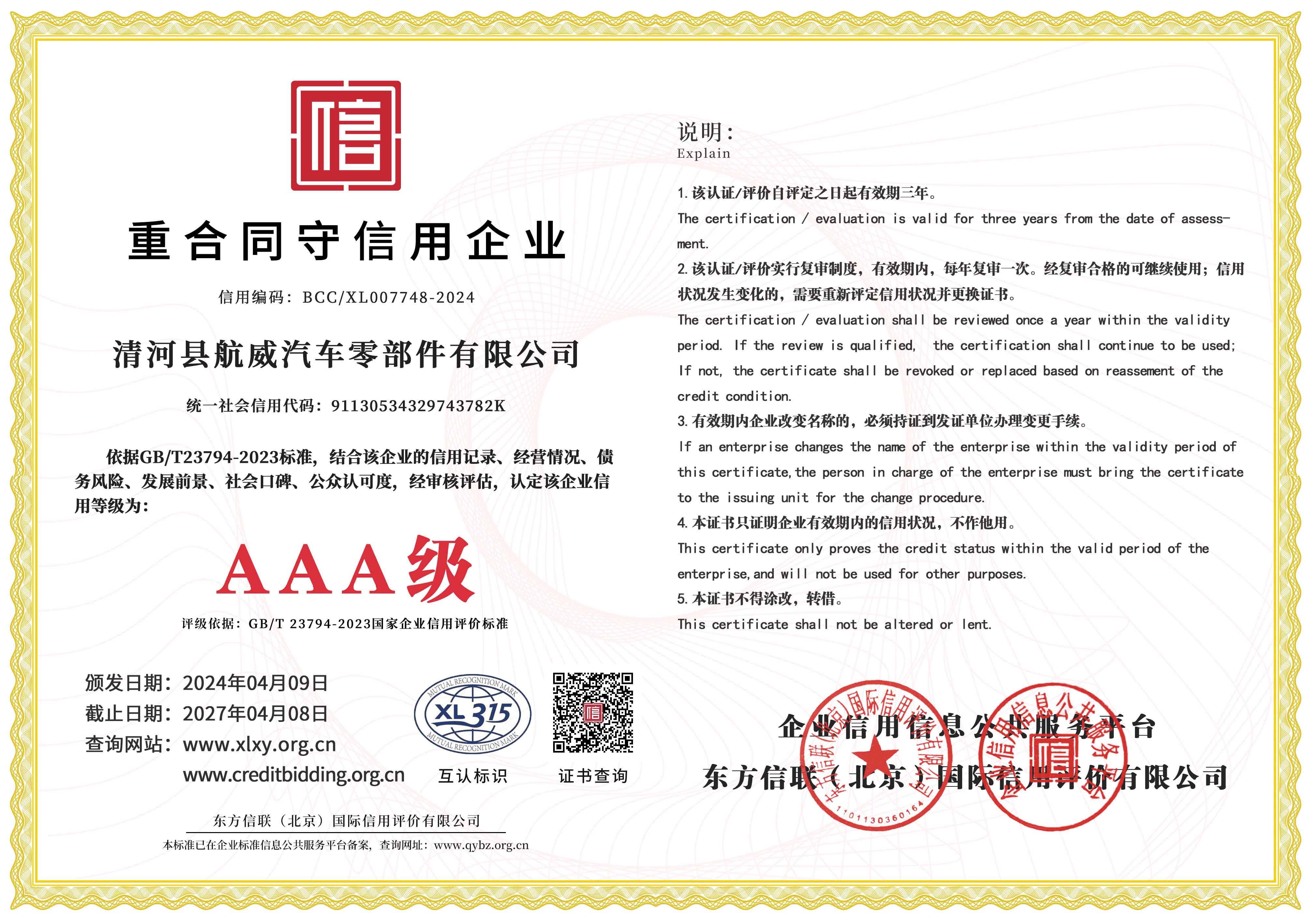Understanding the Mechanics of Push and Pull Throttle Cables for Enhanced Control
Understanding Push and Pull Throttle Cables
Throttle cables play a crucial role in the operation of various engines, particularly in motorcycles, boats, and small machinery. Among the different types of throttling mechanisms, push and pull throttle cables are widely used due to their simplicity and effectiveness. In this article, we will explore the functionality, applications, and benefits of push and pull throttle cables.
What are Push and Pull Throttle Cables?
Throttle cables are mechanical devices that control the flow of air or fuel to an engine, thereby regulating its speed and power output. The push and pull throttle cable system consists of two main components the push cable and the pull cable. Each cable serves a specific purpose in the throttle operation.
1. Push Cable The push cable is responsible for opening the throttle. When the driver or operator applies force to the throttle, the push cable stretches or slides, allowing the throttle valve to open. This increase in airflow or fuel intake boosts the engine's power, resulting in acceleration.
2. Pull Cable Conversely, the pull cable serves to close the throttle. When the operator releases the throttle, the pull cable takes over, retracting or pulling back the throttle valve to its closed position. This action reduces the engine's power output and slows down the vehicle or machinery.
How Do They Work Together?
In practice, the push and pull cables work in tandem to provide smooth and responsive throttle control. When a rider presses the throttle, the push cable activates and opens the throttle valve. As the throttle is released, the pull cable retracts, closing the valve. This dual-action system allows for precise control over the engine's performance, enhancing the overall driving experience.
The interaction between these cables is crucial, especially in high-speed applications where quick throttle adjustments can mean the difference between a smooth ride and a dangerous situation. For instance, in racing scenarios, the ability to rapidly increase or decrease engine power without hesitation can significantly affect performance outcomes.
Applications of Push and Pull Throttle Cables
Push and pull throttle cables are commonly found in various applications, including
push and pull throttle cable

- Motorcycles These cables are instrumental in the operation of motorcycle throttles. Riders rely on the responsiveness of these cables to navigate different terrains and maintain control over their speed.
- Boats In marine applications, throttle cables control the engine speed, allowing operators to maintain optimal performance while navigating through water. A well-functioning throttle cable is essential for ensuring safe and efficient boating.
- Small Machinery Lawn mowers, snow blowers, and other small engines often use push and pull throttle cables to regulate speed and power. These devices benefit from the simplicity and reliability of cable-operated throttling systems.
Benefits of Using Push and Pull Throttle Cables
1. Simplicity The mechanical nature of push and pull cables makes them relatively simple to install and maintain compared to electronic throttle control systems.
2. Cost-Effectiveness These cables are generally less expensive to produce and replace, making them a more economical choice for many applications.
3. Durability Push and pull cables can withstand harsh environmental conditions, making them ideal for outdoor and high-stress applications.
4. Reliability Mechanical systems, such as push and pull throttle cables, often have fewer points of failure compared to electronic systems, thereby enhancing reliability in crucial situations.
Conclusion
Push and pull throttle cables are essential components in the realm of engine control, providing a direct mechanical link between the operator and the engine. Their simple yet effective design offers numerous benefits across various applications, from motorcycles to marine engines and small machinery. Understanding how these cables function and their importance in throttling systems is crucial for anyone interested in mechanical engineering, vehicle maintenance, or simply gaining a deeper appreciation for the technology that powers our machines. As technology evolves, the principles behind push and pull throttle cables remain a testament to effective engineering solutions in the automotive and machinery industries.
-
Workings of Clutch Pipe and Hose SystemsNewsJun.04,2025
-
The Inner Workings of Hand Brake Cable SystemsNewsJun.04,2025
-
The Secrets of Throttle and Accelerator CablesNewsJun.04,2025
-
The Hidden Lifeline of Your Transmission Gear Shift CablesNewsJun.04,2025
-
Demystifying Gear Cables and Shift LinkagesNewsJun.04,2025
-
Decoding Clutch Line Systems A Comprehensive GuideNewsJun.04,2025
